2000 Ford Ranger Brake Rotors and Pads
Click here to search another vehicle
All Rotors:
OEM x
Coated x
Drilled, Slotted and Coated x
Front x
Rear x
All Pads:
Ceramic x
Semi-metallic x
Front x
Rear x
Found 19 record
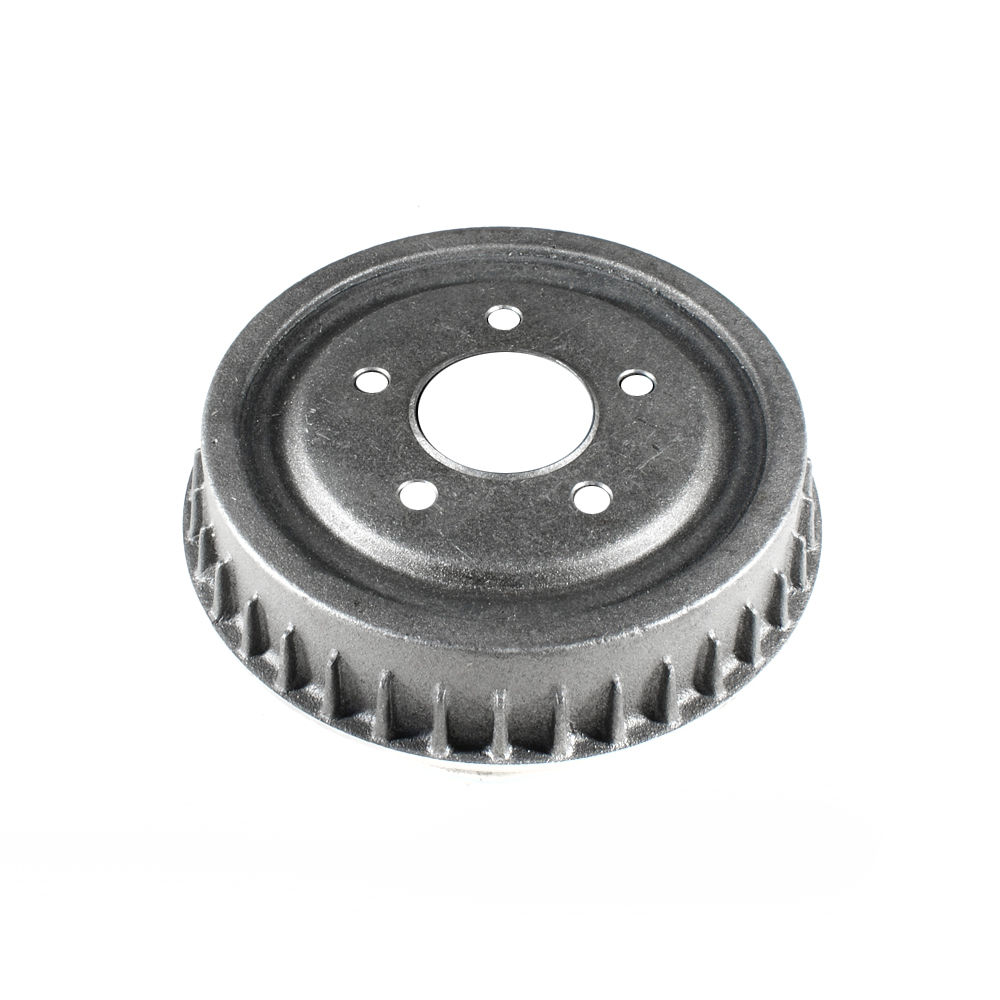
Part No: BD80036
Raybestos: 9651
OE: F87Z1126BA
Raybestos: 9651
OE: F87Z1126BA
$38.84 each
Per Car QTY: 2
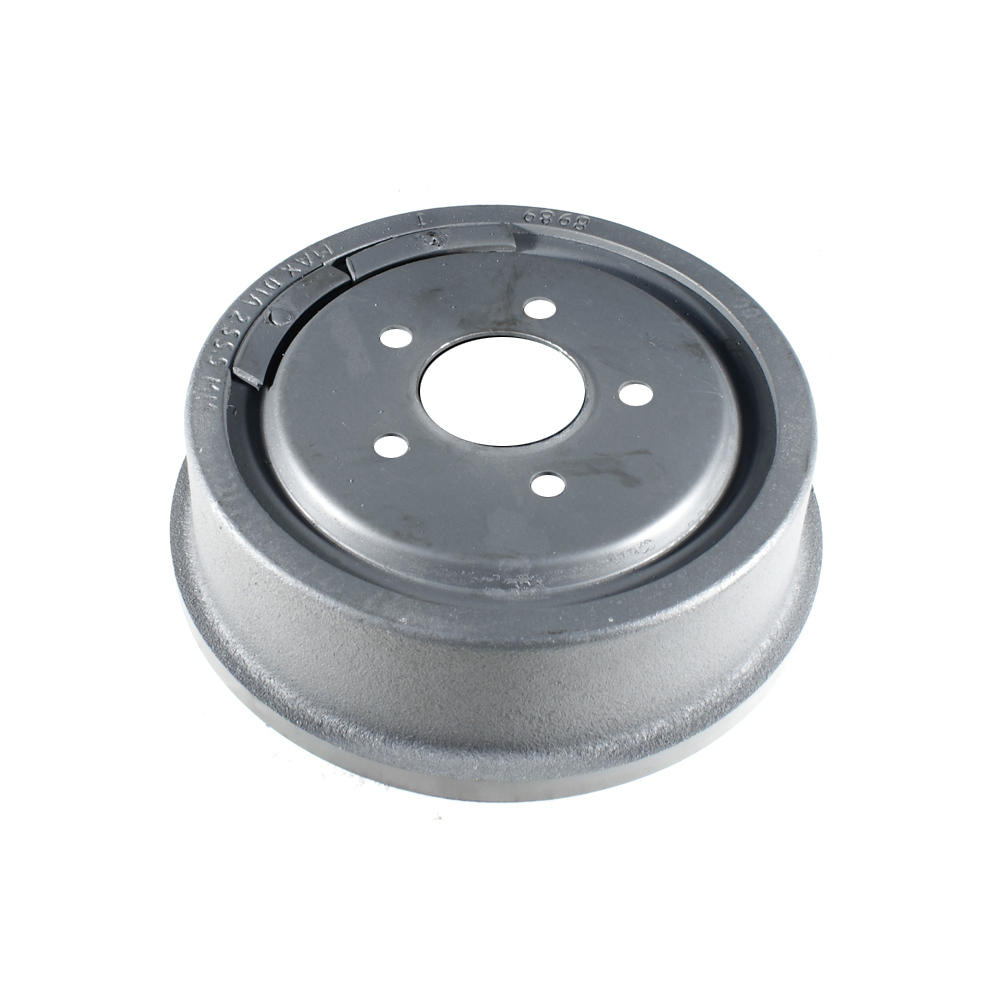
Part No: BD8989
Raybestos: 9498
OE: F07Z1126A
Raybestos: 9498
OE: F07Z1126A
$54.41 each
Per Car QTY: 2
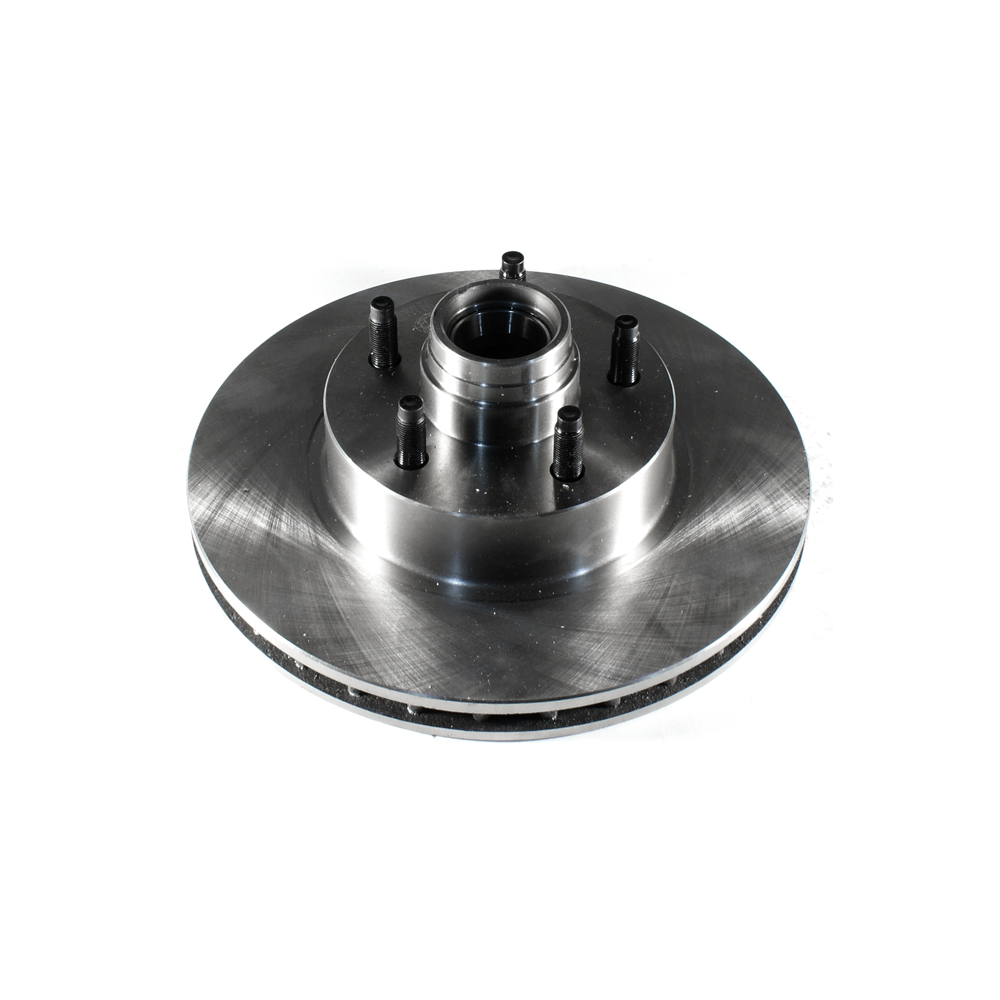
Part No: BR54029
Raybestos: 66597
OE: F5TZ1102H
Raybestos: 66597
OE: F5TZ1102H
$68.11 each
Per Car QTY: 2
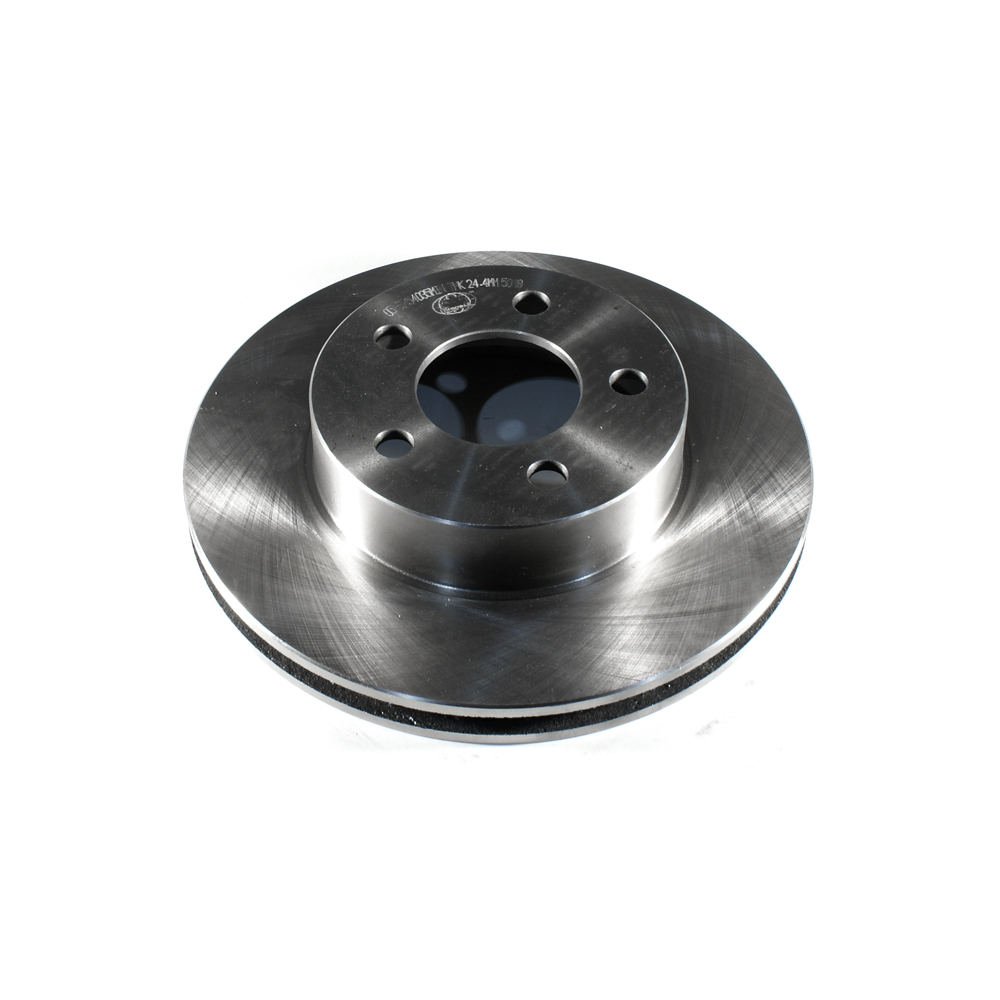
Part No: BR54035
Raybestos: 66576
OE: F5TZ1125A
Raybestos: 66576
OE: F5TZ1125A
$32.02 each
Per Car QTY: 2
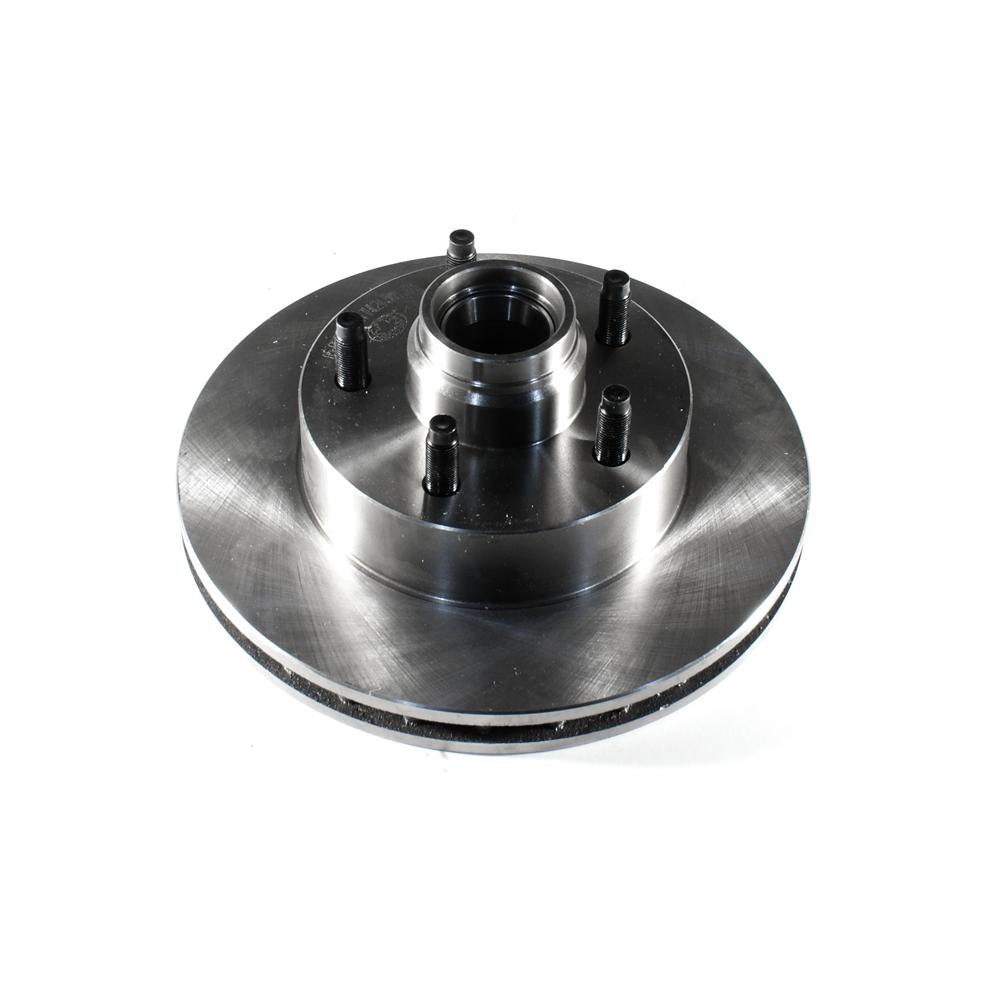
Part No: BR54058
Raybestos: 66672
OE: F87Z1102BB
Raybestos: 66672
OE: F87Z1102BB
$50.09 each
Per Car QTY: 2
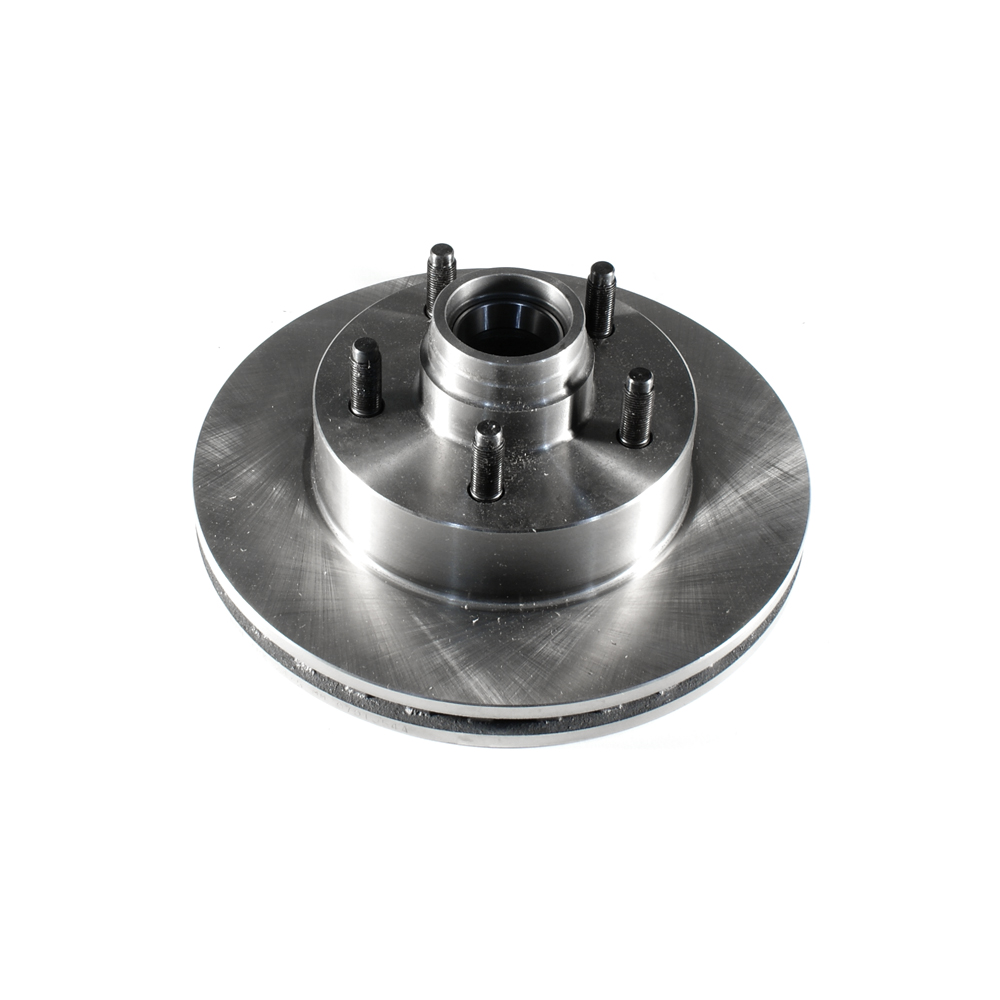
Part No: BR54059
Raybestos: 66673
OE: F87Z1102CB
Raybestos: 66673
OE: F87Z1102CB
$51.46 each
Per Car QTY: 2
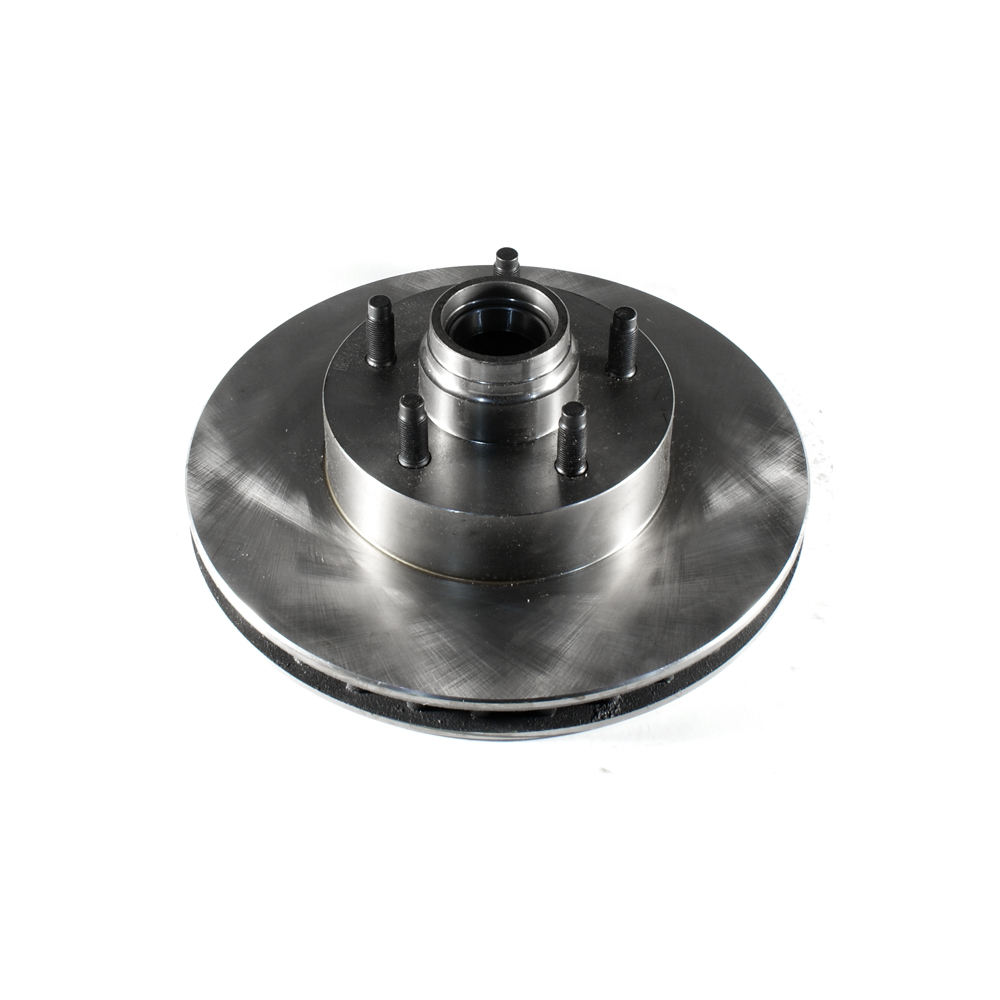
Part No: BR54104
Raybestos: 680093
OE:
Raybestos: 680093
OE:
$57.19 each
Per Car QTY: 2
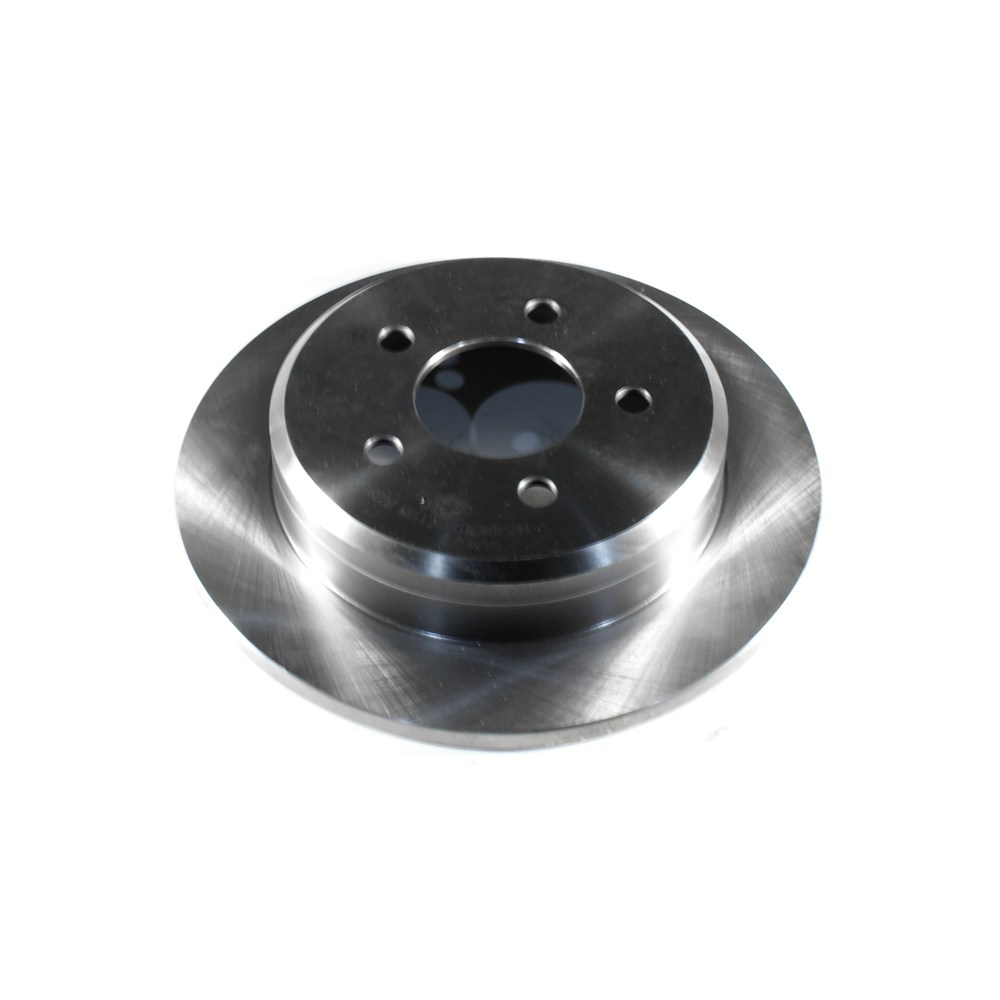
Part No: BR54032
Raybestos: 66565
OE: F5TZ2C026A
Raybestos: 66565
OE: F5TZ2C026A
$32.15 each
Per Car QTY: 2
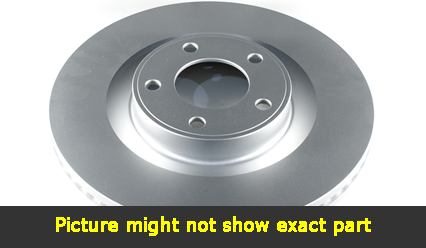
Part No: PP54029
Raybestos: 66597
OE: F5TZ1102H
Raybestos: 66597
OE: F5TZ1102H
$80.42 each
Per Car QTY: 2
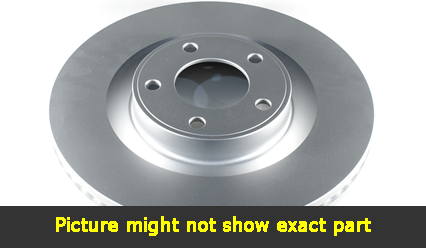
Part No: PP54035
Raybestos: 66576
OE: F5TZ1125A
Raybestos: 66576
OE: F5TZ1125A
$45.45 each
Per Car QTY: 2
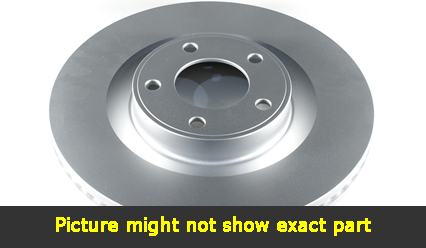
Part No: PP54032
Raybestos: 66565
OE: F5TZ2C026A
Raybestos: 66565
OE: F5TZ2C026A
$42.34 each
Per Car QTY: 2
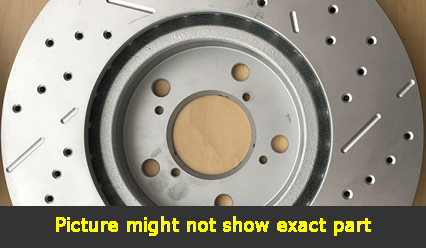
Part No: SP54029L
Raybestos: 66597
OE: F5TZ1102H
Raybestos: 66597
OE: F5TZ1102H
$116.87 each
Per Car QTY: 1
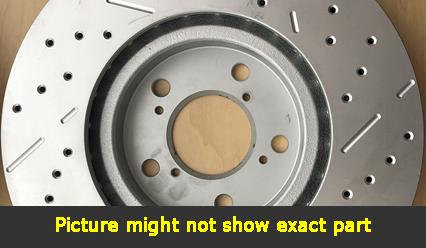
Part No: SP54029R
Raybestos: 66597
OE: F5TZ1102H
Raybestos: 66597
OE: F5TZ1102H
$116.87 each
Per Car QTY: 1
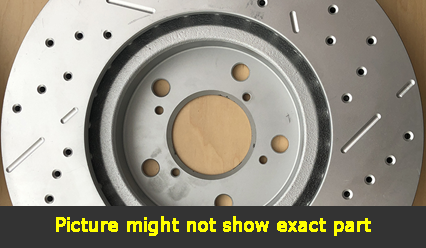
Part No: SP54035L
Raybestos: 66576
OE: F5TZ1125A
Raybestos: 66576
OE: F5TZ1125A
$77.85 each
Per Car QTY: 1
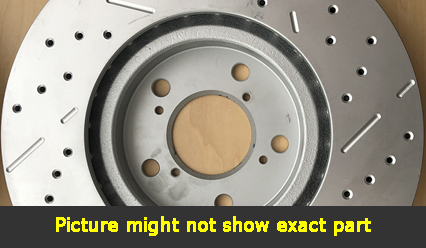
Part No: SP54035R
Raybestos: 66576
OE: F5TZ1125A
Raybestos: 66576
OE: F5TZ1125A
$77.85 each
Per Car QTY: 1
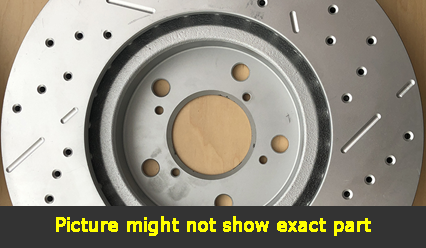
Part No: SP54032L
Raybestos: 66565
OE: F5TZ2C026A
Raybestos: 66565
OE: F5TZ2C026A
$74.74 each
Per Car QTY: 1
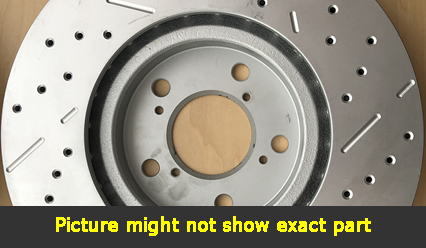
Part No: SP54032R
Raybestos: 66565
OE: F5TZ2C026A
Raybestos: 66565
OE: F5TZ2C026A
$74.74 each
Per Car QTY: 1
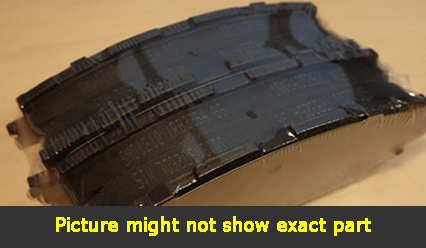
Part No: SMD652
Raybestos:
OE:
Raybestos:
OE:
$22.9 each
Per Car QTY: 1
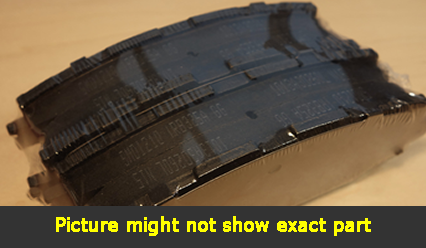
Part No: SMD667
Raybestos:
OE:
Raybestos:
OE:
$19.78 each
Per Car QTY: 1
Understanding Your Brakes: A Guide to Braking Systems in a 2000 Ford Ranger
As a proud owner of a 2000 Ford Ranger, it is crucial to have a good understanding of the braking system in your vehicle. Brakes are, undoubtedly, one of the most important safety components in any car, allowing us to slow down and stop when necessary. Therefore, it is essential to comprehend how the brakes in your Ford Ranger work and how to maintain them for optimal performance.
The 2000 Ford Ranger comes equipped with a hydraulic braking system, utilizing disc brakes on the front wheels and drum brakes on the rear wheels. This combination ensures reliable stopping power for a vehicle of this size and weight. Let's delve deeper into how these brake systems function and some tips for keeping them in top shape.
Disc Brakes:
The front wheels of your 2000 Ford Ranger utilize disc brakes, which are considered more efficient in terms of stopping power and heat dissipation. A disc brake system consists of a brake rotor, brake pads, and a caliper. When you press the brake pedal, hydraulic pressure is created, forcing the brake fluid into the caliper. This action pushes the brake pads against the brake rotor, generating friction and ultimately stopping the vehicle.
To maintain optimal braking performance, it is important to regularly inspect your brake pads and rotors. Over time, brake pads wear down due to the constant friction against the rotors. Generally, brake pads should be replaced when they reach a thickness of 3mm or less. Furthermore, it is advisable to have your rotors checked for any signs of warping or thickness irregularities. If any issues are found, it is best to replace them to prevent vibrations or decreased braking performance.
Drum Brakes:
The rear wheels of your 2000 Ford Ranger utilize drum brakes, which are a more old-fashioned braking technology but still serve their purpose effectively. Drum brakes consist of a brake drum, brake shoes, and wheel cylinders. When the brake pedal is pressed, hydraulic pressure causes the brake shoes to expand, pressing against the inner surface of the brake drum and creating friction to stop the vehicle.
While drum brakes require less frequent maintenance compared to disc brakes, it is still important to periodically inspect and adjust them as necessary. Regular inspection should include checking the thickness of brake shoes, ensuring the smooth operation of wheel cylinders, and cleaning any debris that may have accumulated inside the drum. Proper adjustment of the drum brakes is essential for optimal performance and preventing premature wear.
General Brake Maintenance Tips:
Apart from periodic inspections, there are additional steps you can take to maintain the braking system of your 2000 Ford Ranger:
1. Brake Fluid: Check the brake fluid level regularly and top it up if necessary. Brake fluid should be changed every two years or as recommended in your vehicle's owner's manual.
2. Brake Pads: Avoid resting your foot on the brake pedal while driving to prevent unnecessary wear of brake pads.
3. Brake Lines: Inspect brake lines for any signs of leaks, corrosion, or damage.
4. Driving Habits: Adopt safe driving habits by gradually applying the brakes, avoiding sudden stops, and giving yourself ample time to slow down or stop.
5. Professional Maintenance: Seek professional assistance if you notice any unusual brake behavior, such as spongy or vibrating pedals, noises, or reduced stopping power. A certified technician will diagnose and address any issues promptly.
Understanding the brakes in your 2000 Ford Ranger and adhering to a regular maintenance routine will not only ensure your safety but also prolong the lifespan of your braking system. By following these guidelines, you can have peace of mind and confidently navigate the roads in your trusted Ford Ranger.
As a proud owner of a 2000 Ford Ranger, it is crucial to have a good understanding of the braking system in your vehicle. Brakes are, undoubtedly, one of the most important safety components in any car, allowing us to slow down and stop when necessary. Therefore, it is essential to comprehend how the brakes in your Ford Ranger work and how to maintain them for optimal performance.
The 2000 Ford Ranger comes equipped with a hydraulic braking system, utilizing disc brakes on the front wheels and drum brakes on the rear wheels. This combination ensures reliable stopping power for a vehicle of this size and weight. Let's delve deeper into how these brake systems function and some tips for keeping them in top shape.
Disc Brakes:
The front wheels of your 2000 Ford Ranger utilize disc brakes, which are considered more efficient in terms of stopping power and heat dissipation. A disc brake system consists of a brake rotor, brake pads, and a caliper. When you press the brake pedal, hydraulic pressure is created, forcing the brake fluid into the caliper. This action pushes the brake pads against the brake rotor, generating friction and ultimately stopping the vehicle.
To maintain optimal braking performance, it is important to regularly inspect your brake pads and rotors. Over time, brake pads wear down due to the constant friction against the rotors. Generally, brake pads should be replaced when they reach a thickness of 3mm or less. Furthermore, it is advisable to have your rotors checked for any signs of warping or thickness irregularities. If any issues are found, it is best to replace them to prevent vibrations or decreased braking performance.
Drum Brakes:
The rear wheels of your 2000 Ford Ranger utilize drum brakes, which are a more old-fashioned braking technology but still serve their purpose effectively. Drum brakes consist of a brake drum, brake shoes, and wheel cylinders. When the brake pedal is pressed, hydraulic pressure causes the brake shoes to expand, pressing against the inner surface of the brake drum and creating friction to stop the vehicle.
While drum brakes require less frequent maintenance compared to disc brakes, it is still important to periodically inspect and adjust them as necessary. Regular inspection should include checking the thickness of brake shoes, ensuring the smooth operation of wheel cylinders, and cleaning any debris that may have accumulated inside the drum. Proper adjustment of the drum brakes is essential for optimal performance and preventing premature wear.
General Brake Maintenance Tips:
Apart from periodic inspections, there are additional steps you can take to maintain the braking system of your 2000 Ford Ranger:
1. Brake Fluid: Check the brake fluid level regularly and top it up if necessary. Brake fluid should be changed every two years or as recommended in your vehicle's owner's manual.
2. Brake Pads: Avoid resting your foot on the brake pedal while driving to prevent unnecessary wear of brake pads.
3. Brake Lines: Inspect brake lines for any signs of leaks, corrosion, or damage.
4. Driving Habits: Adopt safe driving habits by gradually applying the brakes, avoiding sudden stops, and giving yourself ample time to slow down or stop.
5. Professional Maintenance: Seek professional assistance if you notice any unusual brake behavior, such as spongy or vibrating pedals, noises, or reduced stopping power. A certified technician will diagnose and address any issues promptly.
Understanding the brakes in your 2000 Ford Ranger and adhering to a regular maintenance routine will not only ensure your safety but also prolong the lifespan of your braking system. By following these guidelines, you can have peace of mind and confidently navigate the roads in your trusted Ford Ranger.


